Travel to Paper
I love wordplay in Japanese. The problem is that I never know it when I see it. So it was that when my friend Keiko Murate asked me to help with English wording for a design project, her wordplay went right over my head.
Here's one example from a finished product:
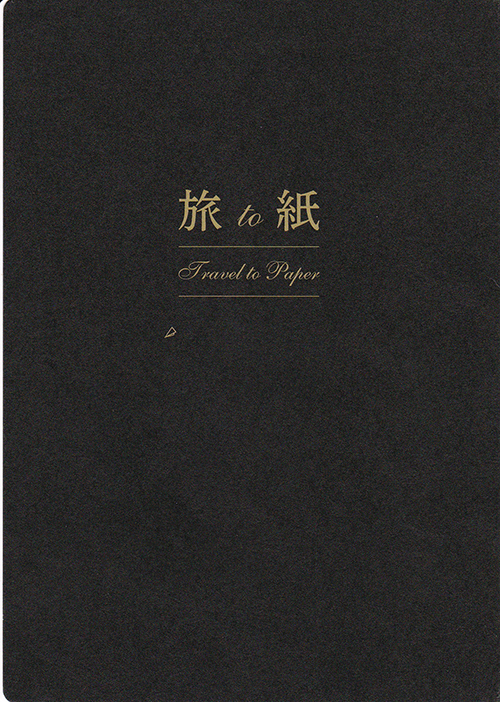
On a folded slip of paper designed to resemble a passport, she has written the name of her solo exhibition, which starts in Taipei this weekend. I love her kanji font. (One of her many hobbies and talents is font design!) As I'm sure you know, 旅 (たび) means "travel" and 紙 (かみ) means "paper," so those translations are fine. But "to" in the English line kept jumping out at me. Didn't she mean "and"?
No, not at all. This exhibit name captures her highly original ideas about how travel and paper go together. I never realized it until she pointed it out, but travel has a great deal to do with paper. In the course of a trip we accumulate paper: ticket stubs, brochures, hotel business cards, restaurant receipts, and so on. And these become intertwined with our later memories of that journey. Even if we stand in a bookstore browsing travel books or maps, we somehow feel that we've traveled to that place, even if we've never been there.
The more I think about her explanation, the more examples I find. After returning home from a trip in the past, we would have photos developed and would attach them to the pages of albums. Even now, a plane trip starts with a handful of paper to a degree that surprises me, and as we move through airports, we're intent on keeping a passport and boarding pass close at hand.
Keiko has written the following statement: "TRAVEL to PAPER is a personal design project by Keiko Murate, a designer/traveler. It's a showcase for travel-related images, along with paper products that evoke a sense of travel." She has added, "Toward a place where travel and paper come together."
You can find this text on the replica she created of luggage tags, which she snail-mailed me along with a replica of a boarding pass:
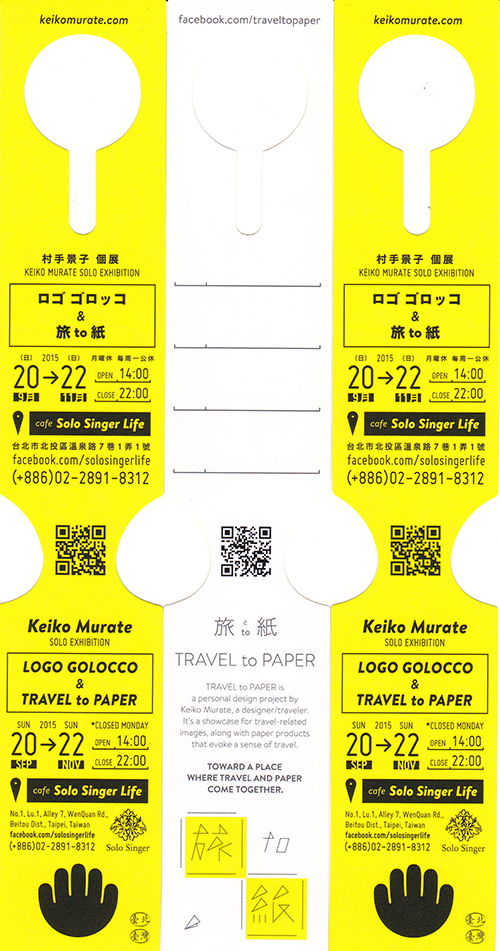
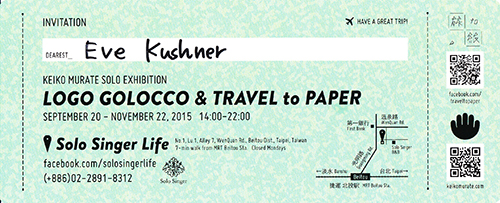
Well done! These look realistic enough to fool people into thinking that they're the real thing—the 本物 (ほんもの), as the Japanese say.
And each facsimile (a word I think people stopped using after the invention of the fax machine, while we're on the subject of paper!) contains a second bit of wordplay: LOGO GOLOCCO.
Back when she was working out all the wording, I failed to understand that part, so she explained it this way:
ロゴを5、6個展示しようと思っているので、ロゴゴロッコと名付けました(駄洒落ですね!)。
I'm thinking of showing 5 or 6 logos in my exhibition, so I called it ロゴゴロッコ. It's wordplay, right?
-個 (-こ: counter for things); 展示 (てんじ: exhibition); 思う (おもう: to think); ロゴ (logo); 名付ける (なづける: to name, call); 駄洒落 (だじゃれ: wordplay)
ロゴのスペルはLOGOですが、ゴロッコのスペルはローマ字にすればGOROKKOとなって、LOGOとGOROKKOを並べたときに文字のバランスが悪かったので、見た目のことだけを考えて、LOGO GO LOCCOと表記したのでした。
The word ロゴ corresponds to "LOGO," but ゴロッコ in romaji is "GOROKKO." If you put LOGO and GOROKKO together, the letters look imbalanced, so after considering just the appearance, I expressed it as LOGO GO LOCCO.
ローマ字 (ローマじ: romanized Japanese); 並べる (ならべる: to arrange in a line); 文字 (もじ: character, letter); 悪い (わるい: bad); 見た目 (みため: appearance); 考える (かんがえる: to consider); 表記 (ひょうき: expressing in writing)
The second part made sense to me, in that I could see beautiful repeating shapes inside LOGO GO LOCCO. (It's funny to see romanized letters as juicy design elements when they're so ordinary to me. Kanji are a different story, of course!)
But what was the wordplay I was missing? I asked my language partner, who was equally stumped for several moments. Then I heard the characteristic exultation that comes when a Japanese person has a breakthrough: "Ah! Aaaannnnhhhh! AAAANNNNHHH!"
He had understood ゴロッコ as corresponding to this expression:
五六個
five or six items
五 (ご: five); 六 (ろく: six); -個 (-こ: counter for things)
I would never have thought of 個 as a piece in this puzzle, but even if I had, it wouldn't have occurred to me to read 六個 (ろく + こ) as ろっこ.
I'm determined to be able to crack such codes someday. When I do, I'll burst out with my own "Ah! Aaaannnnhhhh! AAAANNNNHHH!"
If you happen to be in Taipei over the next two months and want to see Keiko Murate's clever displays for yourself (which I highly recommend doing!), consult the boarding pass for all the information. (Hmm, the address looks a little blurry now that I've posted the image. Well, the event is in a cafe called Solo Singer Life at No. 1, Lu. 1, Alley 7, Wen Quan Rd., Beitou District.) You can also check out the Facebook pages for the Taipei exhibit or for the ongoing Travel to Paper project.
Unfortunately, I won't be able to make it to Taipei, but in my own travels since Keiko consulted me, I've seen how right she was about the way paper and travel come together. Check out what I found in shop windows in Oregon and California:
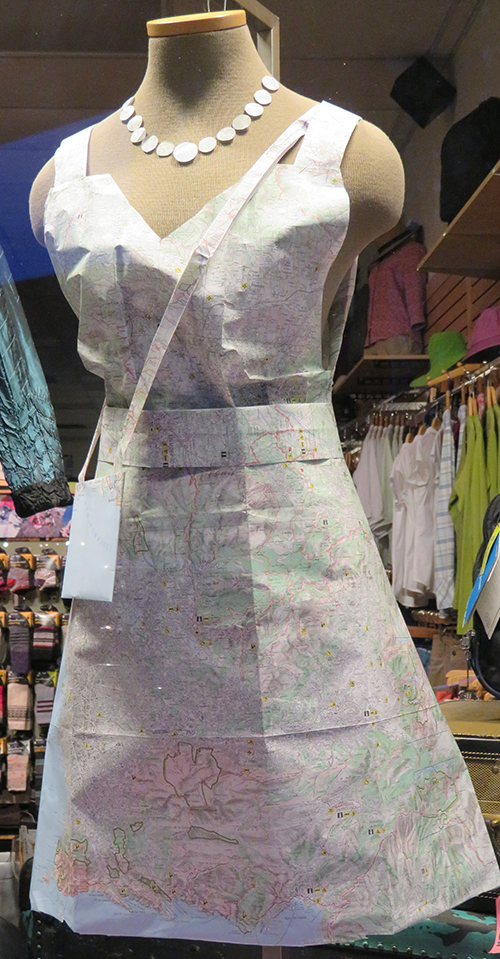
Photo Credit: Eve Kushner
Spotted in Ashland, Oregon.
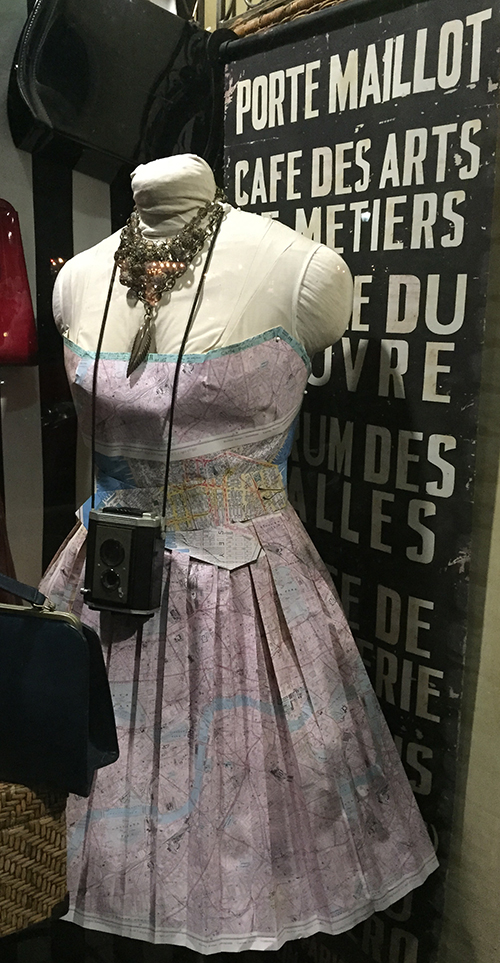
Photo Credit: Eve Kushner
Seen in Lafayette, California.
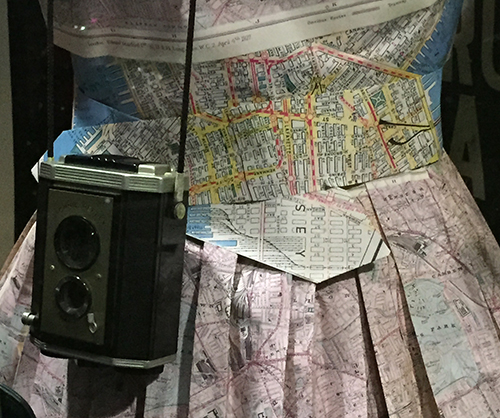
Photo Credit: Eve Kushner
Lafayette again. Damn, my iPhone camera is great! This is a map of the WC2 part of London.
While we're on the subject of travel, I'm off on a big adventure soon, so we won't be able to chat here next week. I'll meet up with you the Friday after that, also posting a new essay. For now I leave you with a preview of the latest essay:
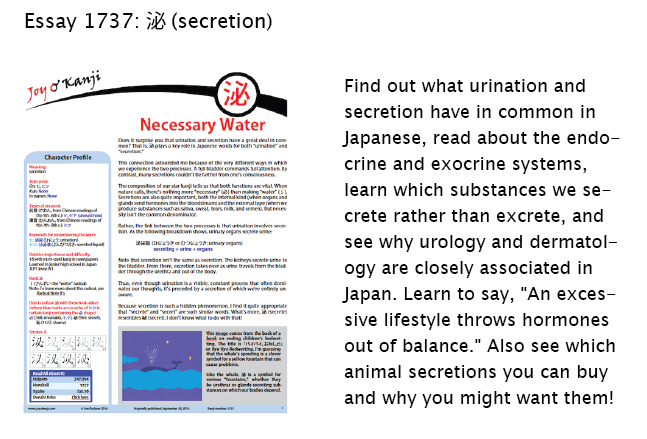
Have a great two weeks!

Comments